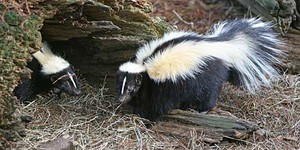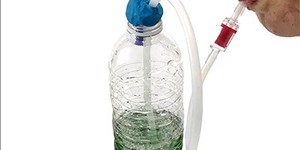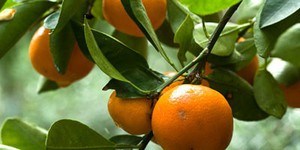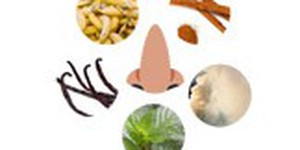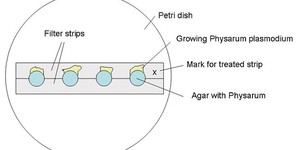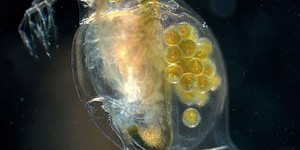Others Like “Yeast Busters: Stopping Fungus in its Tracks with Antifungal Medicines” (top 20 results)
|
Have you or one of your pets ever been sprayed by a skunk? Hopefully not, but if you have, you probably know that the smell can be very unpleasant and hard to get rid of. There are many "folk remedies" for getting rid of skunk scent, but if you ever do get sprayed by a skunk, how will you know which one to try? In this science project, you will test the ability of various mixtures to remove the bad scent from rags that have been contaminated with bottled skunk scent, and determine which one…
Read more
Did you know that your body needs a certain amount of iron in order to stay healthy? Iron can be found in much of what you consume each day. Almond flour—frequently used in cookies—is just one example of an iron-rich food. However, only a small fraction of the iron in food gets absorbed by the body, partially because the body can only absorb dissolved iron. In this project, you will study whether the acidic environment in your stomach helps dissolve iron. You will use a color-based…
Read more
Of course it can, you say: ice is water and ice floats! And you're right. But we're talking about water in the liquid phase (the title reads better without getting overly specific). So how about it? Can liquid water float on water? Check out this project to find out.
Read more
You might know that your body needs oxygen to keep going, and that you breathe out carbon dioxide as waste. What happens when you exercise? You have probably noticed that you breathe faster, and your heart beats faster. What triggers your body to respond in this way? How does it "rev up" to keep your muscles going? In this project, you will get a peek into the fascinating science of exercise physiology and find out—with the help of a color changing reaction.
Read more
The ingredients in Alka-Seltzer® tablets undergo a chemical reaction that produces carbon dioxide gas as soon as the tablets hit water. Do you think you can cause the tablets to produce gas faster by breaking them into smaller pieces before dropping them in water? Find out for yourself with this project.
Read more
Are oranges highest in vitamin C when they are fresh from the tree (or, in a pinch, the grocery shelf)? Does the amount of vitamin C in an orange change over time, after it has been picked? In this science project, you will find answers to these questions by measuring the amount of vitamin C in a solution using an iodine titration method.
Read more
Which type of orange juice has the most vitamin C? In this science project, you will learn how to measure the amount of vitamin C in a solution using an iodine titration method. You will compare the amount of vitamin C in three different types of orange juice: homemade, premium not-from-concentrate, and orange juice made from frozen concentrate. Which do you think will have the most vitamin C?
Read more
Take a deep breath: freshly baked cookies, smoke from a wood fire, or a rose—your nose is an amazing smell detector! Your sense of smell can not only identify a huge variety of odors, but it is also incredibly sensitive. Think about how easily you can detect if someone in your neighborhood has a barbecue just by smelling the hints of smoke from the grill far away. How strong or weak you perceive an odor depends on its concentration. What do you think is the lowest concentration of a…
Read more
In this biology science fair project, you will observe how the Physarum polycephalum (P. polycephalum) organism responds to various amounts of glucose. P. polycephalum is easy to grow in a petri dish and responds in complex ways to its environment. Will it grow toward the chemical as it looks for a meal, or will it flee, trying to avoid further contact? Try this science fair project to learn more about chemotaxis in the fascinating Physarum polycephalum.
Read more
Do you know that many consumer products, such as sports clothes, cosmetics, and even food containers contain tiny silver particles? These so-called nanoparticles—usually 1–100 nanometers (a billionth of a meter) in size—are toxic to bacteria and fungi and therefore, are used to prevent them from growing on everyday items you use. But what happens if the silver nanoparticles get into the water; for example, when you wash off your makeup or clean your clothes? Do they…
Read more
|
Explore Our Science Videos
Build a Simple Steerable Robot
Make a Lemon Volcano - Fun Science Experiment
Build A River Model – STEM Activity


